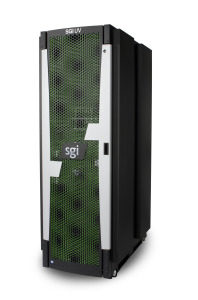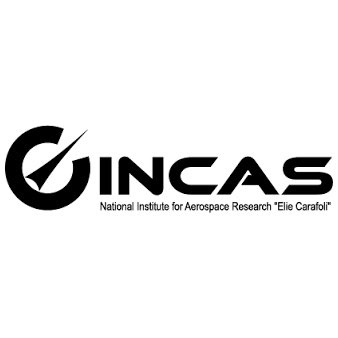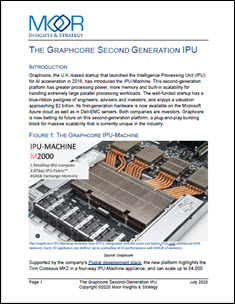 Over at the SGI Blog, Gabriel Broner writes that the National Institute of Aerospace Research in Romania will power its scientific and aeronautical research program with a new SGI UV system. Working with integration partner Spearhead Systems, this upgraded SGI system will allow INCAS to run its high fidelity simulations with dedicated software up to six times faster.
Over at the SGI Blog, Gabriel Broner writes that the National Institute of Aerospace Research in Romania will power its scientific and aeronautical research program with a new SGI UV system. Working with integration partner Spearhead Systems, this upgraded SGI system will allow INCAS to run its high fidelity simulations with dedicated software up to six times faster.
This is the second SGI system we have installed at INCAS,” said Costea Emil, head of Department Technical Services at INCAS. “SGI solutions have allowed us to rapidly develop and test our software prototypes and solutions. With our newest installation, we can reduce the time required to program algorithms, allowing us to focus on the key scientific problems we’re chartered to solve.”
The new SGI HPC system will be at the center of INCAS’ research, providing the computing power required for INCAS’ research projects involving aerodynamic resistance modeling and manipulation. This large computer system is used to run very complex algorithms and generate performance reports for numerical simulation of flow in order to assess aerodynamic performance. It will increase analytic accuracy through parallel computing and enable more precise simulations using nearly real-world geometry.
INCAS’ decision to invest in a new SGI HPC system was based on the success from its first SGI installation four years ago. With the updated SGI system including the SGI UV server, the team reported it was able to analyze data in its workload six times faster. When INCAS researchers calculated aerodynamic performance by running 10,000 iterations on the first SGI system, it lasted only 10 hours, compared to the 60 hours it took on the previous system. Additionally, when researchers analyzed aerodynamics of the moment of a space capsule re-entering into Earth’s atmosphere at MACH 10 and MACH 20 speeds, a standard system with 16 cores required 26 days; however, using the updated SGI system with 128 cores out of the total of 528, the algorithm can be run in less than five days, speeding up job processing for an overall better end user experience.
INCAS researchers can now obtain results for complex aerodynamic problems using complicated geometries for different aircraft and spacecraft vehicles. With the aid of the SGI system providing the needed computing power for dedicated software, the running time to obtain results is reduced significantly, 5-6 times lower, while the deviation from the experimental model is relatively small.
 The new INCAS SGI HPC system includes:
The new INCAS SGI HPC system includes:
- SGI UV Server – designed for high performance, in-memory computing. The SGI UV is the organization’s key computational and analytical system used by INCAS’ scientists and engineers.
- SGI InfiniteStorage 5000 – a field-proven storage platform offering a highly modular, flexible and cost-effective path to consolidated storage.
- SGI InfiniteStorage NVRAM card – the industry’s fastest storage technology, used to support demanding applications and run real-time computations.
- SGI NAS InfiniteStorage Server – provides customers with high levels of configuration flexibility. INCAS installed this server in 2012 as a central storage point for all scientific data generated for all of INCAS’ research teams.
The outstanding work generated by INCAS in aerospace scientific research, and through its commitment to EU policy making, establishes the organization as a leader in the aeronautics industry,” said Gabriel Broner, vice president and general manager of HPC at SGI. We are happy the simulation and data analysis capabilities of SGI systems will permit INCAS to realize the full extent of its competencies and expertise, and we look forward to the future innovations that this partnership will enable.”
The installation of the new SGI HPC system at INCAS will be supported by both SGI and INCAS’ chosen IT services company, Spearhead Systems.




